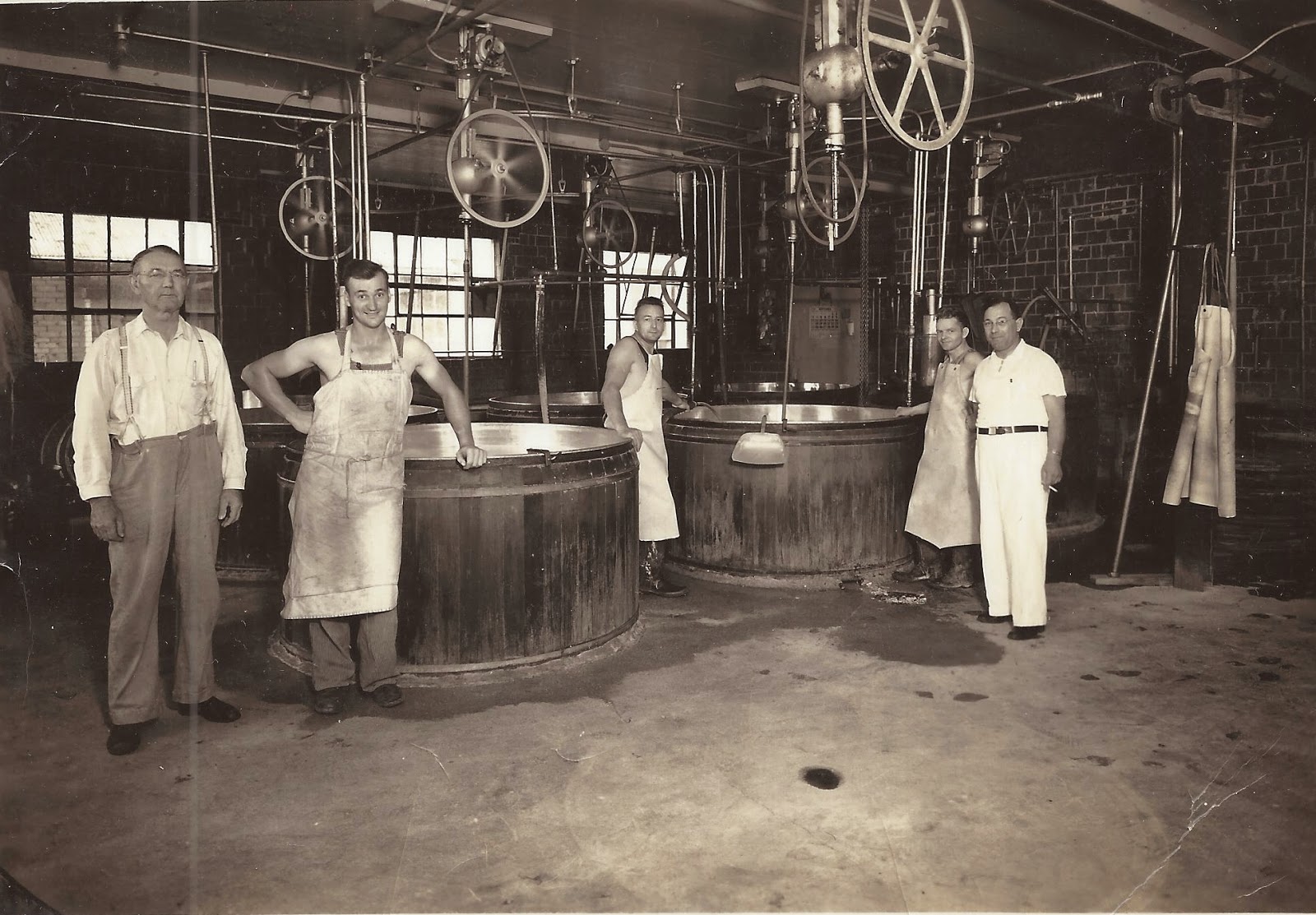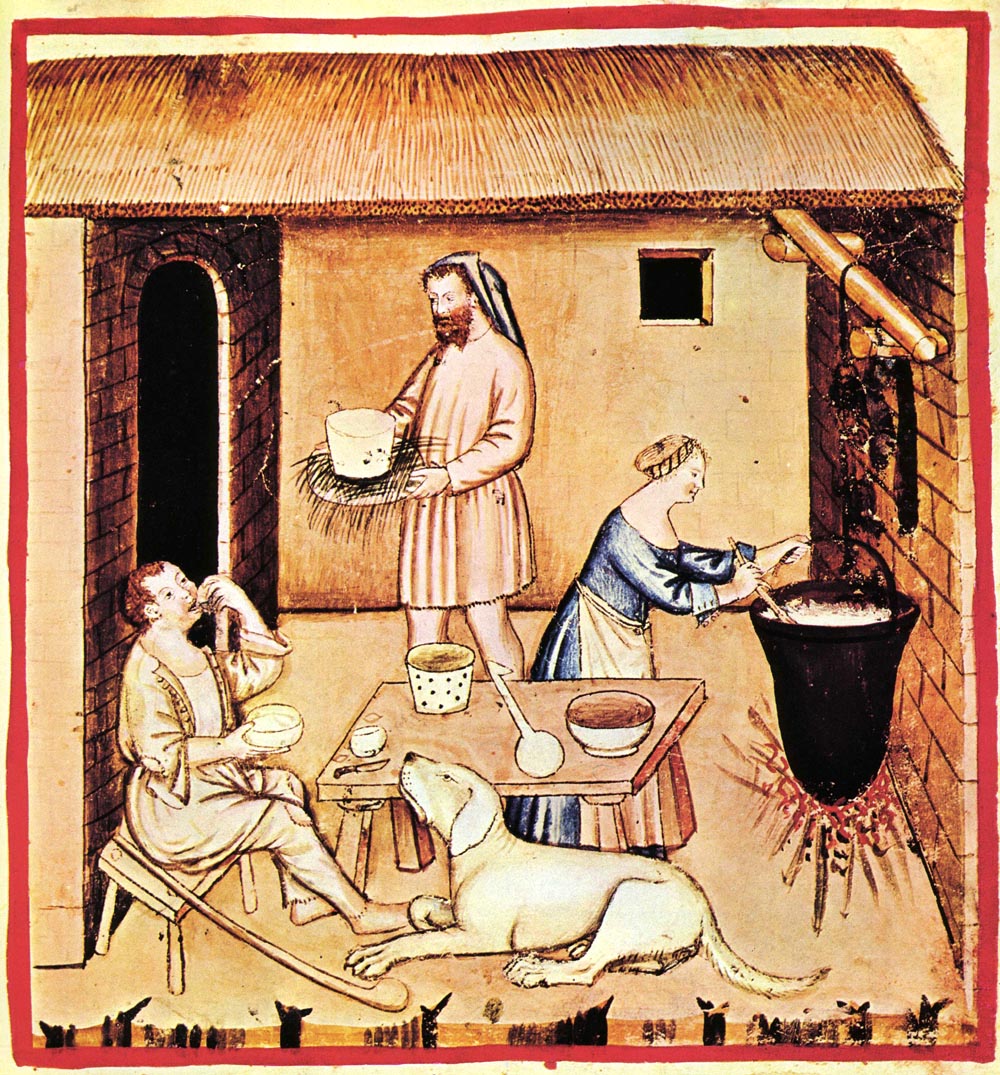History of Cheese
The history of cheese is long, complex, and fascinating. It spans thousands of years and has evolved in parallel with the development of human civilization. Below is an in-depth look at the full history of cheese, from its ancient origins to its modern-day prominence.

Early Beginnings: Prehistoric Origins (c. 7000 BCE - 3000 BCE)
The earliest evidence of cheese-making dates back over 7,000 years. The process likely began in the Middle East, particularly in areas that are now part of modern-day Turkey, Iraq, and Iran. Early cheese-making was probably a serendipitous discovery when milk was stored in containers made from animal stomachs, which naturally caused the milk to curdle due to enzymes found in the stomach lining.
Cheese-making was a way to preserve milk, especially in societies that relied on livestock for survival. Milk is highly perishable, and turning it into cheese allowed people to store it for longer periods. Early cheeses were likely simple, unsalted, and fresh, with some varieties being fermented to create a more preserved product.
Ancient Civilizations and Egypt (c. 3000 BCE - 500 BCE)
The first real evidence of cheese-making comes from ancient Egypt around 2000 BCE. Archaeologists have found hieroglyphics and tomb paintings depicting people making cheese, and there is evidence that the ancient Egyptians used cheese as an important part of their diet. By 1500 BCE, the Egyptians were known to make cheese in a variety of forms, including fresh and aged cheeses. This was a key development because it marks the beginning of cheese as a crafted, intentional food rather than a byproduct of milk.
Greek and Roman Influence (c. 500 BCE - 500 AD)
Cheese reached a higher level of sophistication in ancient Greece. Greek writers such as Homer mentioned cheese in their works. The Greeks produced soft cheeses like the precursor to today's feta, and they also ate cheese in combination with other foods, such as honey and fruits.
The Romans adopted Greek cheese-making practices and expanded on them, improving methods for preserving cheese and creating new varieties. The Roman Empire helped spread cheese-making throughout Europe, making cheese a part of the diet in regions far beyond the Mediterranean.
The Romans were the first to introduce the idea of storing cheese in caves to control aging and enhance flavor. By 300 AD, cheese was being made in many regions of Europe, with variations in flavor and texture depending on local climates, animals, and milk sources.

The Middle Ages: The Birth of Artisan Cheese (c. 500 AD - 1500 AD)
The Middle Ages was a crucial period for the development of cheese. Following the fall of the Roman Empire, Europe entered a period of relative instability, but monasteries became centers of agricultural knowledge, including cheese production. Monks in monasteries across Europe began experimenting with cheese-making techniques and creating new varieties, laying the foundations for modern cheese-making traditions.
Famous examples of cheeses that originated in this period include Roquefort (developed in France) and Gruyère (developed in Switzerland). By the 12th century, cheese was a common food in most parts of Europe, with many cheeses preserved by salting and aging for long-term storage.
The Renaissance and Early Modern Period (1500 AD - 1700 AD)
During the Renaissance, cheese-making flourished, and cheese was further refined. Italy, in particular, became famous for its cheeses during this time. Parmesan, Mozzarella, and Ricotta gained prominence. The use of rennet became widespread, allowing for a more controlled curdling process, leading to cheeses with consistent textures and flavors.
The rise of urban centers and trade in Europe contributed to cheese becoming an important commodity. Cheeses like Cheddar, Stilton, and Edam spread across Europe, as trade routes expanded.
Industrial Revolution and Modern Cheese Production (18th Century - Early 20th Century)
The Industrial Revolution marked a turning point in cheese-making. New technologies, such as pasteurization, allowed for safe milk handling, contributing to a boom in cheese production. The establishment of cheese factories in the early 1800s helped scale production, making cheese more affordable and widely available. Cheddar, Swiss, and Brie were among the well-known cheeses produced on a large scale.

The 20th Century: Globalization and Innovation in Cheese (1900s - 2000s)
In the 20th century, cheese became a global food, with refrigeration and improved packaging allowing cheese to be transported worldwide. Countries such as France, Italy, and Switzerland exported their cheeses, while new countries like the United States, Canada, and Australia developed their own cheese industries.
Processed cheeses, such as American cheese, became popular during the mid-20th century, offering a convenient alternative to traditional cheeses. Meanwhile, a resurgence of interest in artisanal cheeses occurred in the latter half of the century, celebrating traditional cheese-making methods and iconic varieties like Roquefort, Camembert, and Parmigiano-Reggiano.
The Modern World of Cheese (21st Century)
Today, cheese is enjoyed around the world with thousands of varieties made from cow, goat, sheep, and even buffalo milk. There is a growing emphasis on sustainable, organic, and locally produced cheeses. Artisanal cheese-making continues to thrive, with new varieties and blends constantly emerging.
Conclusion: A Journey Through Cheese
Cheese-making continues to be a blend of tradition and innovation. Whether enjoyed as a simple snack or as part of an elaborate culinary creation, cheese remains a testament to human ingenuity and the power of fermentation and aging. From ancient Egypt to modern-day artisanal cheese makers, cheese has evolved and adapted to the changing needs and tastes of society.